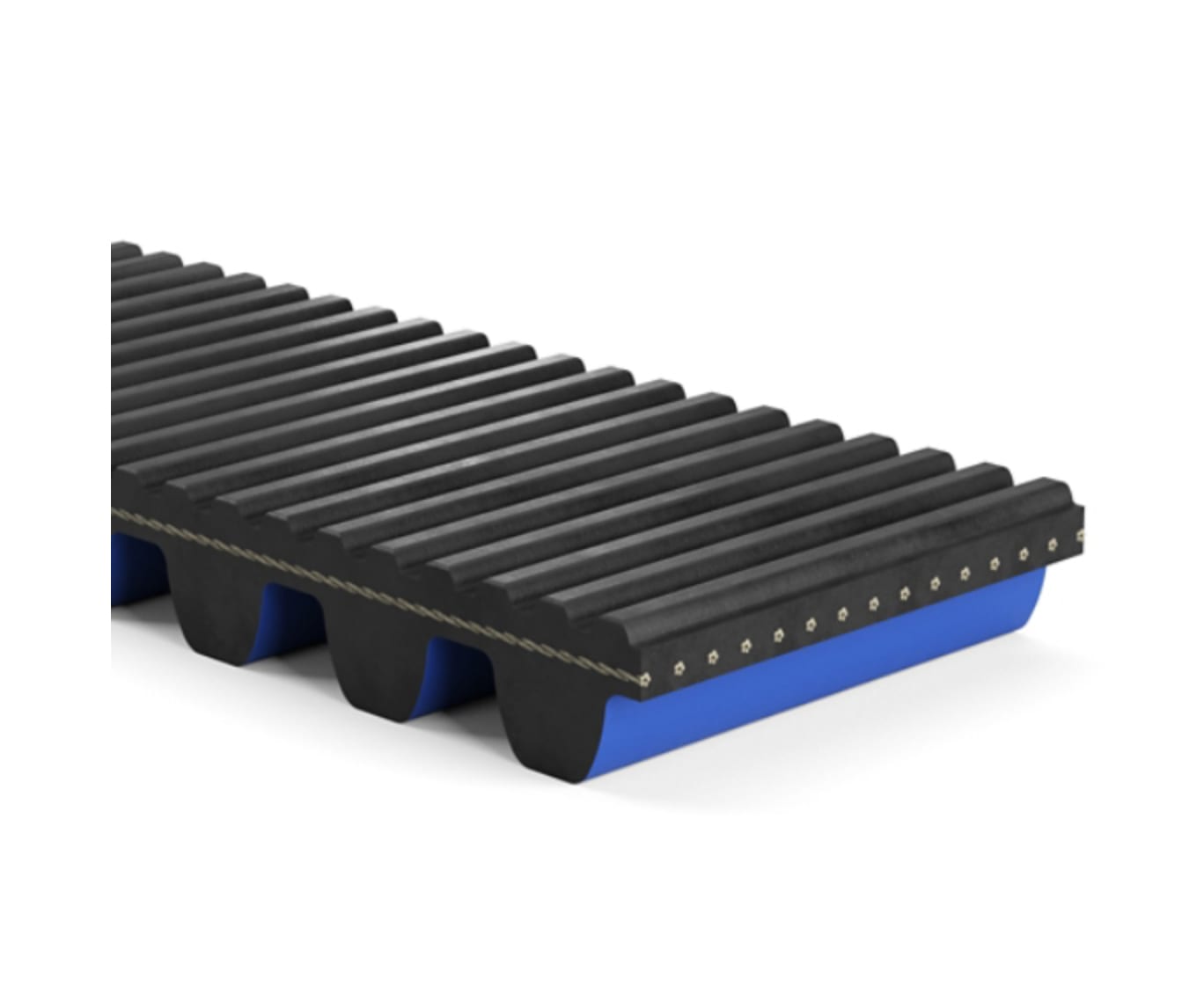There is another situation where one can inadvertently stress a belt; On a cold start with a cold belt, your clutch plates are often stuck together and don't free up until they are warmed up and/or broke free. It takes a lot of force to break them free when stone cold. Meaning, you pull the bike out of the trailer, start it, and within a minute, go to click it into gear so you can pull it around to a different spot along side the truck. You pull in the clutch, shift it into gear and clunk; the bike dies because pulling in the clutch didn't release the stuck clutch plates so shifting it into first acts like you didn't even have the clutch lever pulled in. That abrupt driveline shock is very hard on the entire driveline including a cold belts. Some make/model bike clutches stick more than others and oil used is a contributing factor. I had an issue on a previous snowbike build and realized I needed to really let that bike warm up (10 - 15minutes) before that first shift so the clutch plates would release. My latest build is less prone to it, but still, I no longer move the bike to a more convenient spot nor do that first shift into gear until after it warms up 10 minutes or so (depends on ambient temperature that day).


